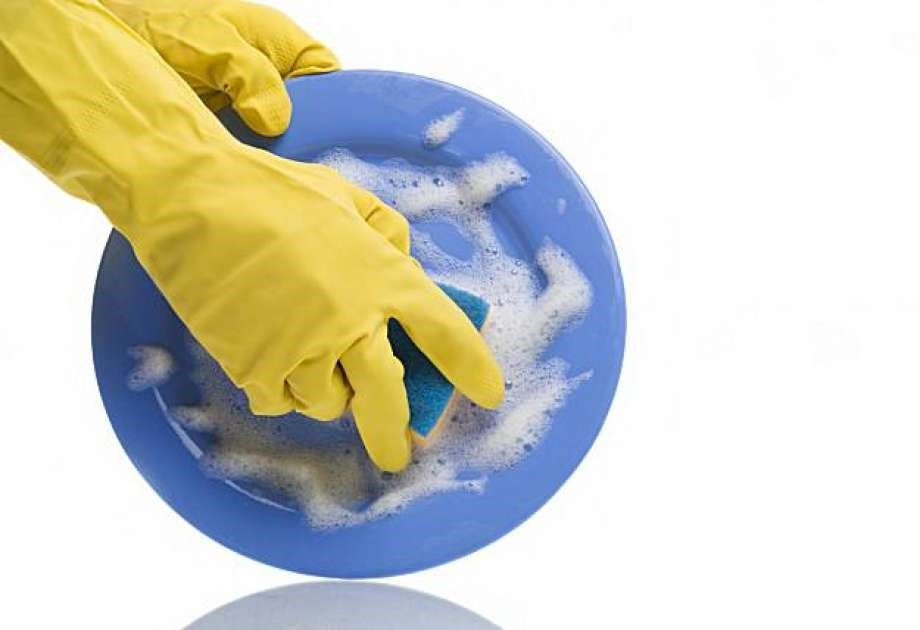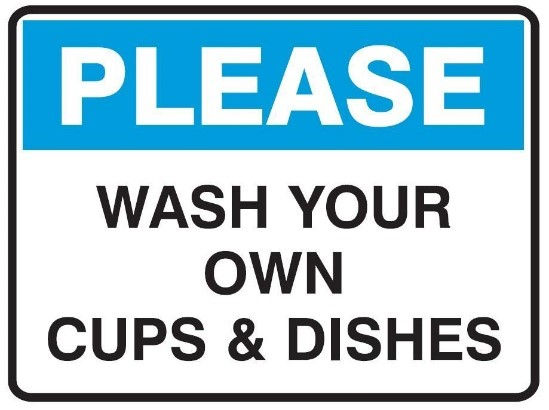When is clean ‘clean’?
- Greg Francis, Principle Consultant
- Apr 12, 2017
- 3 min read
Updated: Feb 19, 2021
In our office we’ve put up a sign in the kitchenette reminding users not to leave ‘dirty dishes’ on the sink, but to wash them after use – I’ve seen such a sign in many of our clients’ amenity areas. I guess many of us bring to work our ‘at home’ dependency on the good nature of other family members to clean up after us.

But have you ever felt nervous drinking from a cup that you weren’t sure was clean to start with? And if you do the right thing and wash the dishes, are you doing it correctly?
Certainly, if you are a ‘registered food business’ the rules of ‘washing the dishes’ are quite clear, and there may be something to learn and apply to our domestic dishwashing chores?
Food safety regulations in all jurisdictions refer to our Australia New Zealand Food Standards Code, which makes it clear (i.e. Standard 3.2.2) that eating and drinking utensils - immediately before each use and the food contact surfaces of equipment, must be maintained in a ‘clean and sanitary condition’ which means the surface of such
(a) is clean; and
(b) has had applied to it heat or chemicals, heat and chemicals, or other processes, so that the number of microorganisms on the surface or utensil has been reduced to a level that –
(i) does not compromise the safety of the food with which it may come into contact; and
(ii) does not permit the transmission of infectious disease.
So in other words, when an eating or drinking utensil or a food contact surface is required to be in a ‘clean and sanitary condition’, the process used to clean and sanitise the utensil or surface must achieve the two outcomes specified in (a) and (b).
The standard defines clean to mean ‘clean to touch and free of extraneous visible matter and objectionable odour’. The definition clarifies that ‘clean’ is a state that can be assessed physically by sight, touch and smell. Sanitary means the absence of microorganisms at an unsafe level. This is usually achieved by the use of both heat and water, or by specific sanitising chemicals (detergents are generally not sanitisers).
So the standard does not specify how you are to clean and sanitise, only that you MUST DO IT such that the outcomes above are achieved. However it does provide as guidance six recommended steps for effective cleaning and sanitising:
1. Pre-clean: scrape or wipe food scraps and other matter off surfaces and rinse with water.
2. Wash: use hot water and detergent to remove grease and food residue. (Soak if needed.)
3. Rinse: rinse off detergent and any loosened residue.
4. Sanitise: use a sanitiser to destroy remaining microorganisms (refer to manufacturer’s
instructions.
5. Final rinse: wash off the sanitiser if necessary (refer to manufacturer’s instructions).
6. Dry: allow to drip dry or use single use towels.

In my experience, we generally get the cleaning part right, but it’s the sanitation step that may not always comply. Sanitising can be achieved through the use of hot water, chemicals or other processes such as:
• soaking items in very hot water (at least 80°C)
• soaking items in diluted bleach
• saturating items with 70% alcohol
• applying a commercial food-grade sanitiser according to the manufacturer’s instructions, with particular attention to the required concentration and contact time
Therefore keep in mind that if you simply run the soapy dishes under the hot water tap, that is unlikely to meet the sanitary condition prescribed in the standard for a ‘food business’, as most domestic storage hot water heaters in Australia are installed to store water at or above temperatures of around 65°C, which is simply insufficient for sanitisation. In this case you may need to rinse in a sanitising solution, or use a spray contact sanitiser.
So when you dutifully take your turn to do the dishes at home or in the office, think about how commercial food businesses are expected to clean and sanitise to meet formal regulatory and ‘HACCP’ requirements. Your clean may not be clean enough!





Comments